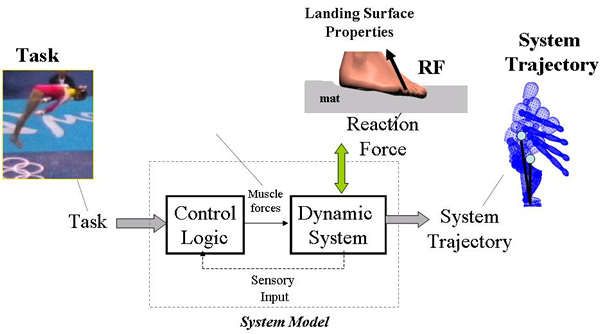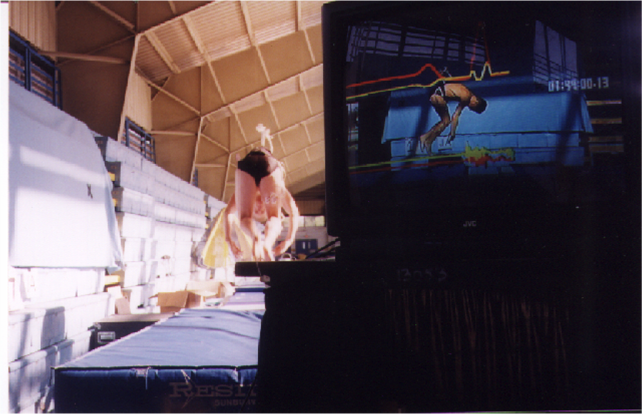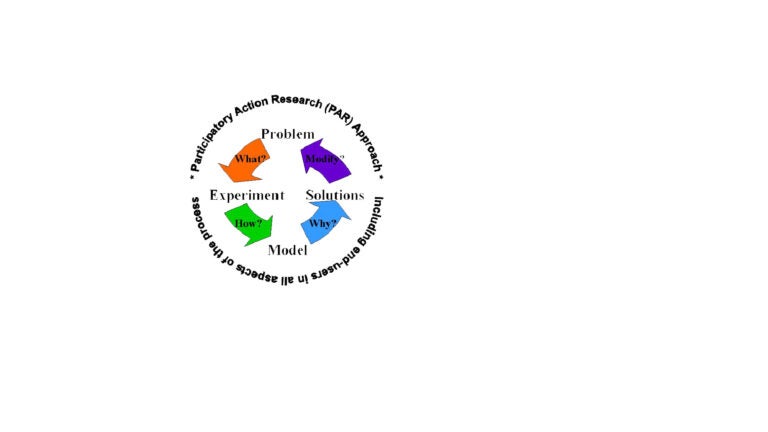Research Focus
Control and dynamics of movement under physically demanding and contextually relevant conditions.
Research Approach
-
Basic science to translation of solutions into practice
-
Involvement of end users throughout the process
-
Integration of experimental and dynamic modeling

Research Questions Specific to Control and Dynamics
-
Regulate reaction forces and linear and angular momentum at the whole body level?
-
Coordinate control of multiple joints and selectively activate sets of muscles to satisfy mechanical objectives of task?
Publications Related to Joints
-
Utilize capabilities and resources to distribute mechanical load without exceeding critical limits over time?
Publications Related to Translational Science
Participatory Action Research
Areas of application:
 |
 |
 |
 |
 |
 |
 |
 |
 |
Research Opportunities
Graduate
- PhD Biomedical Engineering (with Dr. McNitt-Gray)
- PhD Aerospace and Mechanical Engineering (with Dr. Flashner)
- PhD Biological Sciences (with Dr. McNitt-Gray)
Undergraduate
- Women in Science and Engineering (WiSE) Program
- Student Opportunities for Academic Research (SOAR)
- Summer Undergraduate Research Fund (SURF)
Contact
Jill L. McNitt-Gray Ph.D
Gabilan Distinguished Professor in Science and Engineering
Dept. of Biological Sciences- HEB
3616 Trousdale Pky AHF 252, University of Southern California, Los Angeles, CA 90089-0372





